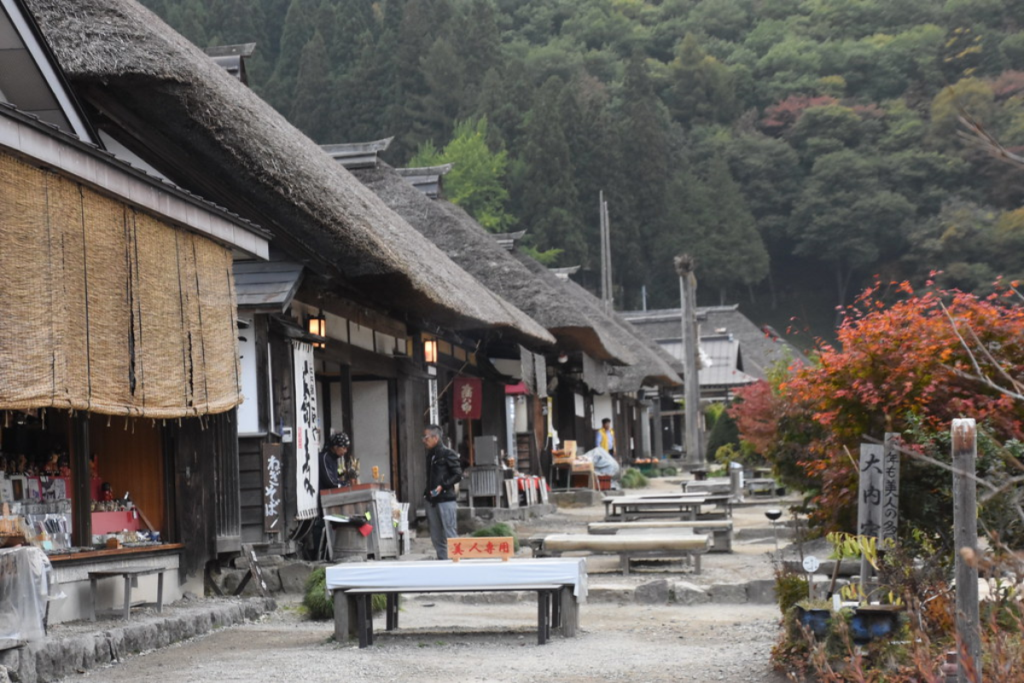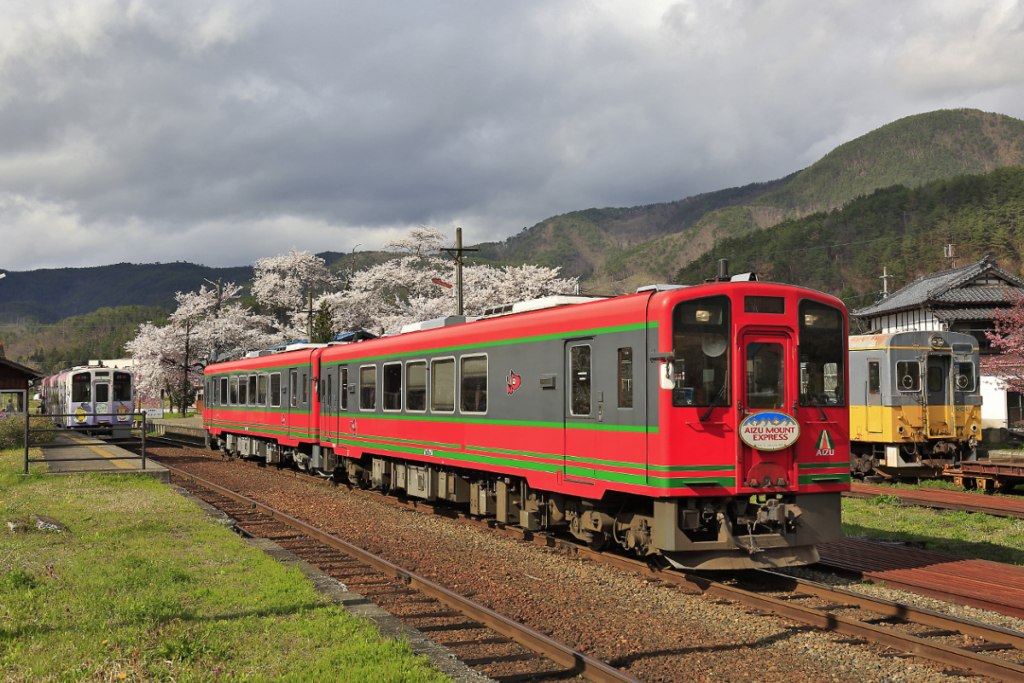Amazing Aizu: The Hidden Gems of Fukushima’s Historic Heart
Tucked away in Fukushima Prefecture, the Aizu region offers an unforgettable mix of history, nature and culture. Once a stronghold of samurai traditions, Aizu preserves its rich past while embracing modern-day travelers.
Whether you’re drawn to towering castles, Edo-era villages or breathtaking natural landscapes, this area is a must-visit destination in Japan. Just three hours from Tokyo by train, Aizu makes for a perfect getaway for those looking to experience authentic Japan without the crowds. Let’s take a look at some of the top attractions to add to your itinerary.
Tsuruga Castle: Last Samurai Stronghold

Originally built in 1384, Tsuruga Castle, also known as Aizuwakamatsu Castle, stands as a powerful symbol of the region’s samurai history. It played a critical role in the Boshin War (1868–1869), a pivotal conflict that shaped Japan’s transition from feudal rule to modernization. As one of the last strongholds of samurai loyal to the Tokugawa shogunate, the castle withstood a fierce siege before eventually falling. Though the original structure was demolished in 1874, a faithful reconstruction was completed in 1965 and later renovated in 2011, restoring its unique red-tiled roof, the only one of its kind among Japanese castles.
Visitors can explore the castle’s interior, which houses a museum detailing the history of Aizu’s samurai, the political struggles of the time and the daily lives of those who lived within its walls. From the top of the castle tower, panoramic views stretch across Aizuwakamatsu City and beyond, with Mount Bandai standing majestically in the distance. The surrounding castle park is particularly stunning in mid-April, when more than a thousand cherry trees bloom, covering the landscape in delicate pink petals.
Ouchi-juku: Step into the Edo Period

For those wanting to experience the atmosphere of old Japan, Ouchi-juku is a must-visit. This former post town, located along the Aizu-Nishi Kaido trade route, once served as an essential rest stop for travelers making the long journey between Aizu and Nikko. During the Edo period, all travelers were required to make their journeys on foot, making these post towns vital for food, rest and shelter. Today, Ouchi-juku remains beautifully preserved, with thatched-roof buildings, dirt roads and no visible power lines, creating a rare and immersive historical setting.
Walking down the main street, visitors can browse shops selling traditional crafts, textiles and souvenirs. One of the town’s most famous specialties is negi-soba, a unique dish where buckwheat noodles are eaten using a long green onion instead of chopsticks. The experience is as fun as it is delicious.
For the best views of the village, a short hike to the local Ouchi-juku Shrine provides a breathtaking panorama of the entire town, especially during winter when the snow-covered rooftops create a picturesque scene.
Tō-no-Hetsuri: Natural Wonder Millions of Years in the Making

Beyond its rich history, Aizu is also home to stunning natural landscapes, and Tō-no-Hetsuri is among the most spectacular. This dramatic rock formation, shaped over 28 million years by the Agagawa River, is a designated National Natural Monument. The name “Hetsuri” means “cliff overlooking a river” in the local Aizu dialect, which perfectly describes the towering rock formations that line the water’s edge.
A suspension bridge leads visitors across the river, offering an up-close view of the cliffs. The rock formations layered with sedimentary deposits create fascinating shapes that seem almost sculpted by hand. The area is especially breathtaking in autumn when the surrounding forest bursts into shades of red, orange and gold, contrasting beautifully against the gray cliffs and the deep blue-green waters of the river. The swaying motion of the bridge adds a small thrill to the experience, making it a favorite for photographers and nature lovers alike.
Aizu Mount Express: Most Scenic Train Ride in Fukushima

For a truly immersive journey through Aizu’s landscapes, the Aizu Mount Express offers a scenic ride through the region’s most picturesque countryside. This rapid express train winds through Edo-period post towns, past steaming hot springs and alongside rolling hills and forests, showcasing the beauty of Fukushima in every season.
The train requires no reservations, making it an easy and flexible option for travelers. Depending on the time of year, the ride offers completely different views from snow-covered landscapes in winter to cherry blossoms in spring, lush greenery in summer and brilliant autumn foliage in fall. For those wanting a unique experience, the Aizu Railway Train Operating Experience allows participants to visit the rail yard and even try operating a train under supervision. The program includes a special lecture, a hands-on train driving session and a commemorative certificate, making it a fun and memorable activity for train enthusiasts.
Best Time to Visit Aizu?
Aizu is a year-round destination, with each season offering a different experience. Spring brings cherry blossoms around Tsuruga Castle, while summer offers lush green landscapes and vibrant local festivals. Autumn is one of the most beautiful times to visit, with fiery red and golden foliage surrounding Tō-no-Hetsuri. Winter transforms Ouchi-juku into a fairytale-like village, with snow blanketing the thatched roofs and a magical lantern festival illuminating the streets.
Why Aizu Should Be on Your Japan Travel List
Aizu is more than just a historical destination; it’s a place where samurai traditions, Edo-period towns and breathtaking nature all come together. Whether exploring Tsuruga Castle, walking through the preserved streets of Ouchi-juku, marveling at the dramatic landscapes of Tō-no-Hetsuri or riding the Aizu Mount Express, visitors can step into a world where history and nature coexist in perfect harmony.
Reaching Aizu is simple, with the Tohoku Shinkansen from Tokyo to Koriyama Station taking about 80 minutes, followed by a scenic ride on the Ban’etsu West Line to Aizuwakamatsu Station. With a mix of historical sites, natural beauty and unique cultural experiences, Aizu is one of Japan’s most rewarding destinations, perfect for those looking to explore beyond the usual tourist hotspots.

